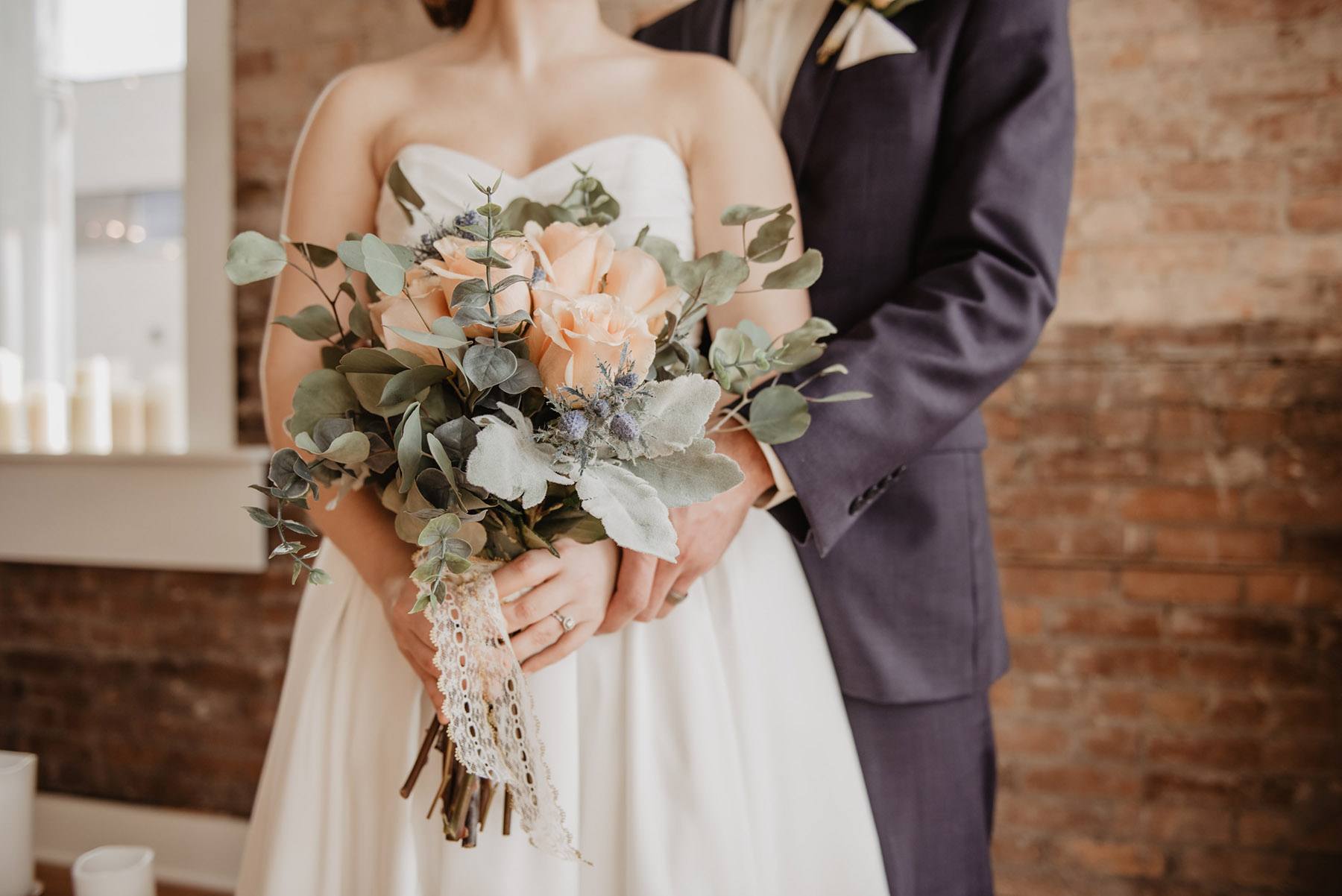As wedding videographers, we spend so much time filming weddings that we rarely stop to think about where these traditions come from. Some of them are truly amazing, giving us ample opportunities to film spectacular moments and add color and emotion to our films that our clients will cherish for years to come.
American weddings are filled with traditions: ‘something old, something blue,’ the white wedding dress, the veil, the presence of the best man and maid of honor, bridesmaids in matching dresses, the rings… These are all classic traditions that help make weddings the emotional and meaningful events they are.
But how many of these “classic American traditions” originate from America?
Most of our wedding traditions came from abroad because, originally, most Americans came from abroad. We all brought something of our former cultures with us, creating the beautiful American wedding we know and love today.
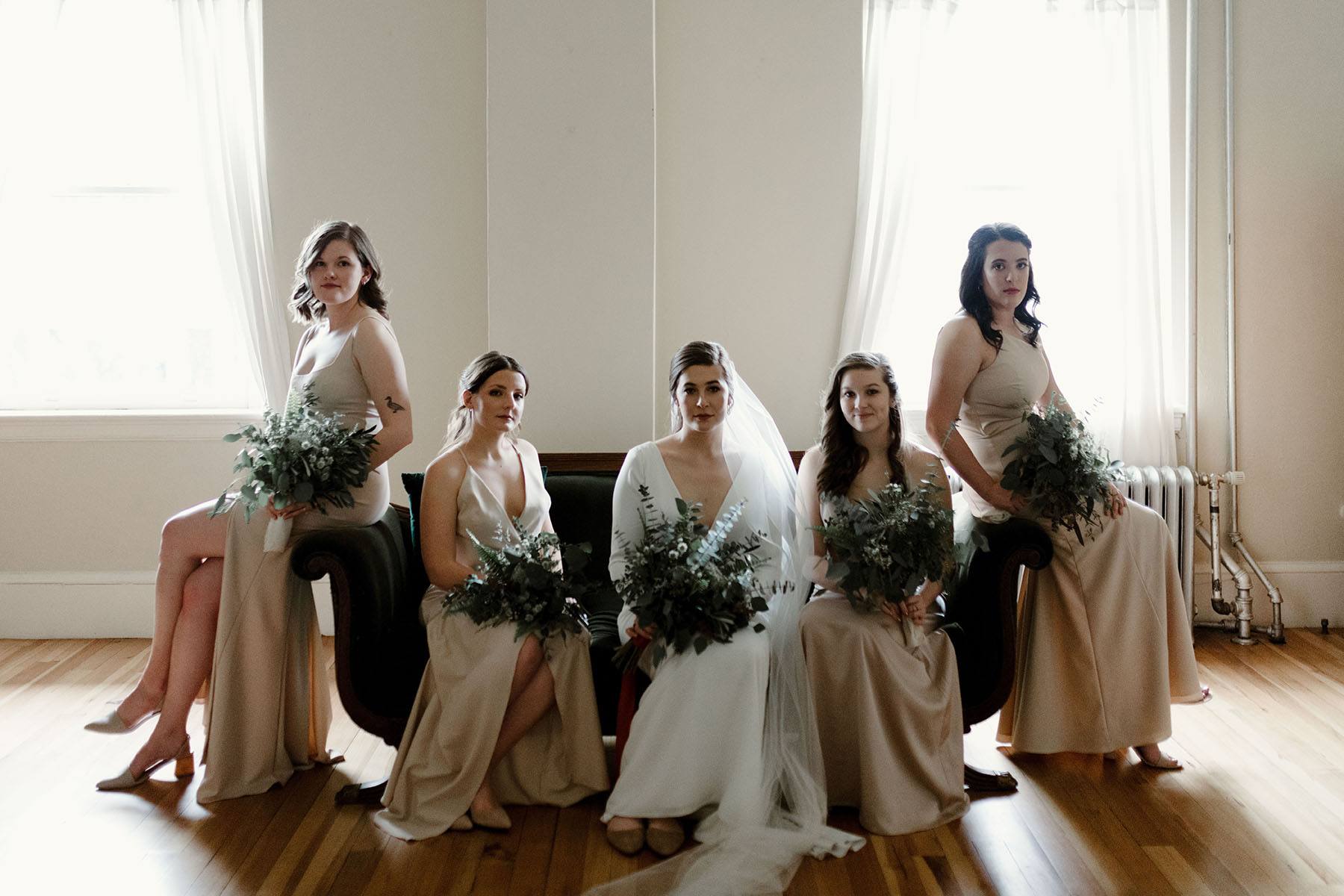
Bridesmaids Dresses and Veils Come from Roman Times
Bridesmaids, as a tradition, come to us from Roman times. They were tasked with protecting the bride as she walked from her village to the groom’s village. They wore the same clothes as the bride to trick evil spirits, confusing them about which woman was the bride (while evil, the spirits were evidently not too smart).
Open carriages were also considered an easy target for evil spirits. To scare them away, wedding guests would use bells and firecrackers. Today’s celebratory car honking after the wedding stems from that.
For the same reason, brides used to walk down the aisle with a veil over their face in order to disguise themselves from any evil spirits who wanted to thwart their happiness.
Filming bridesmaids in astonishing dress colors gives cinematic wedding videographers fabulous footage of how beautiful a wedding can be.
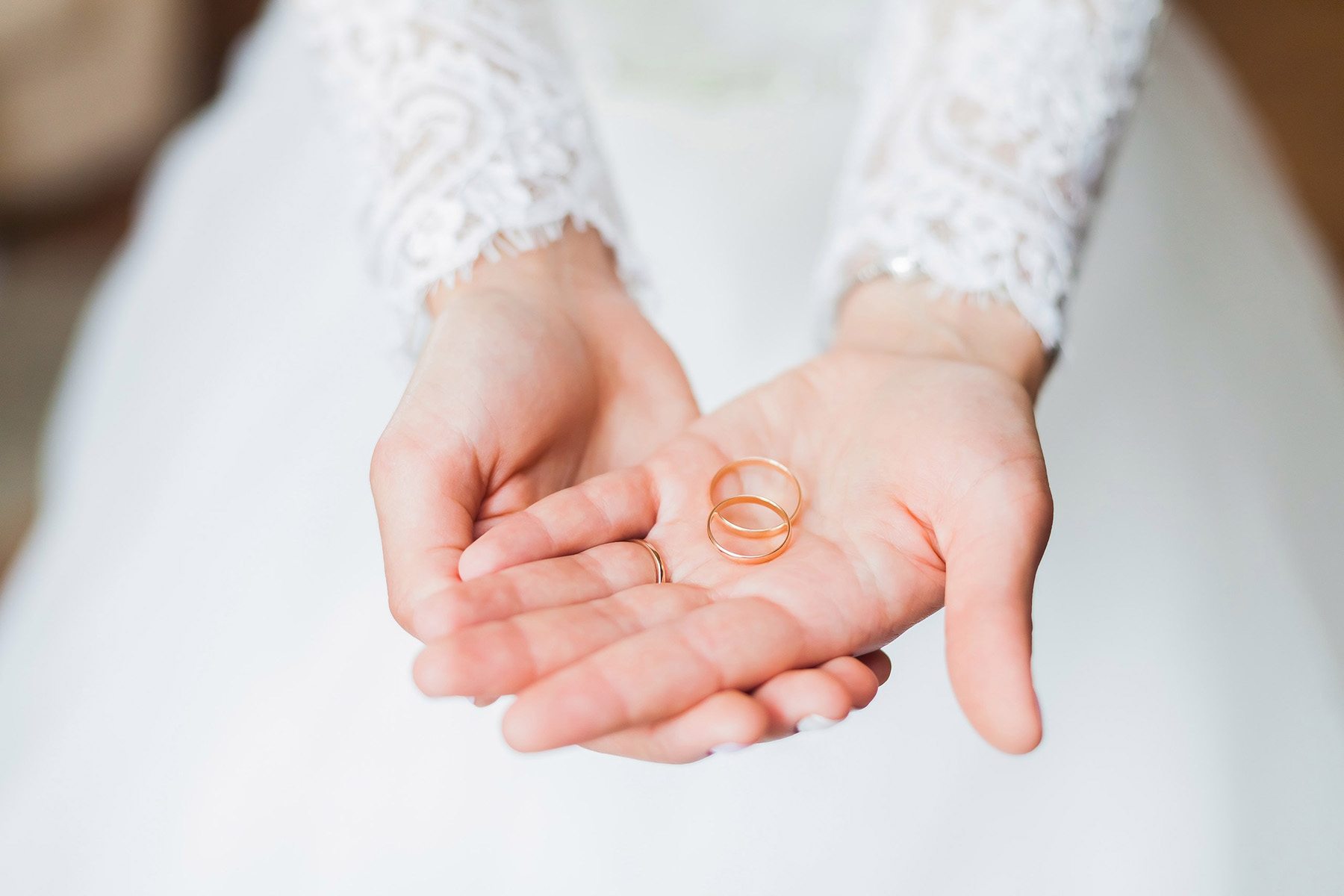
The White Wedding Dress and Something Blue
Up until the 19th century, people wore their best clothes to get married. A common color for wedding dresses was actually red!
Then, in 1840, Queen Victoria married Prince Albert in a white dress, and suddenly all the aristocracy adopted this fashion. Soon enough, “weddings” became synonymous with “white dresses,” and thus the tradition was born.
White wedding dresses offer a dazzling image for wedding videographers who know how to position the bride and groom to display their love and affection in every film.
The Victorian era also gave us the “something old and something new” thanks to a rhyme that originated in England during the Victorian Era and symbolized luck for a bride on her wedding day.
The original rhyme goes like this:
Something old, something new, something borrowed, something blue, and a sixpence in her shoe.
Each of the “somethings” in the rhyme represents an item to be given to the bride before she walks down the aisle:
- Something old represents the bride’s past and her family.
- Something new represents the new chapter in the bride’s life and the future she will spend with her spouse.
- Something borrowed aims at transferring a sense of happiness from an older happy couple to the new one.
- Something blue comes from the belief that blue is the color of love, purity, faithfulness, and modesty.
- And a sixpence (a Victorian England coin) in her shoe symbolizes lasting wealth for the couple.
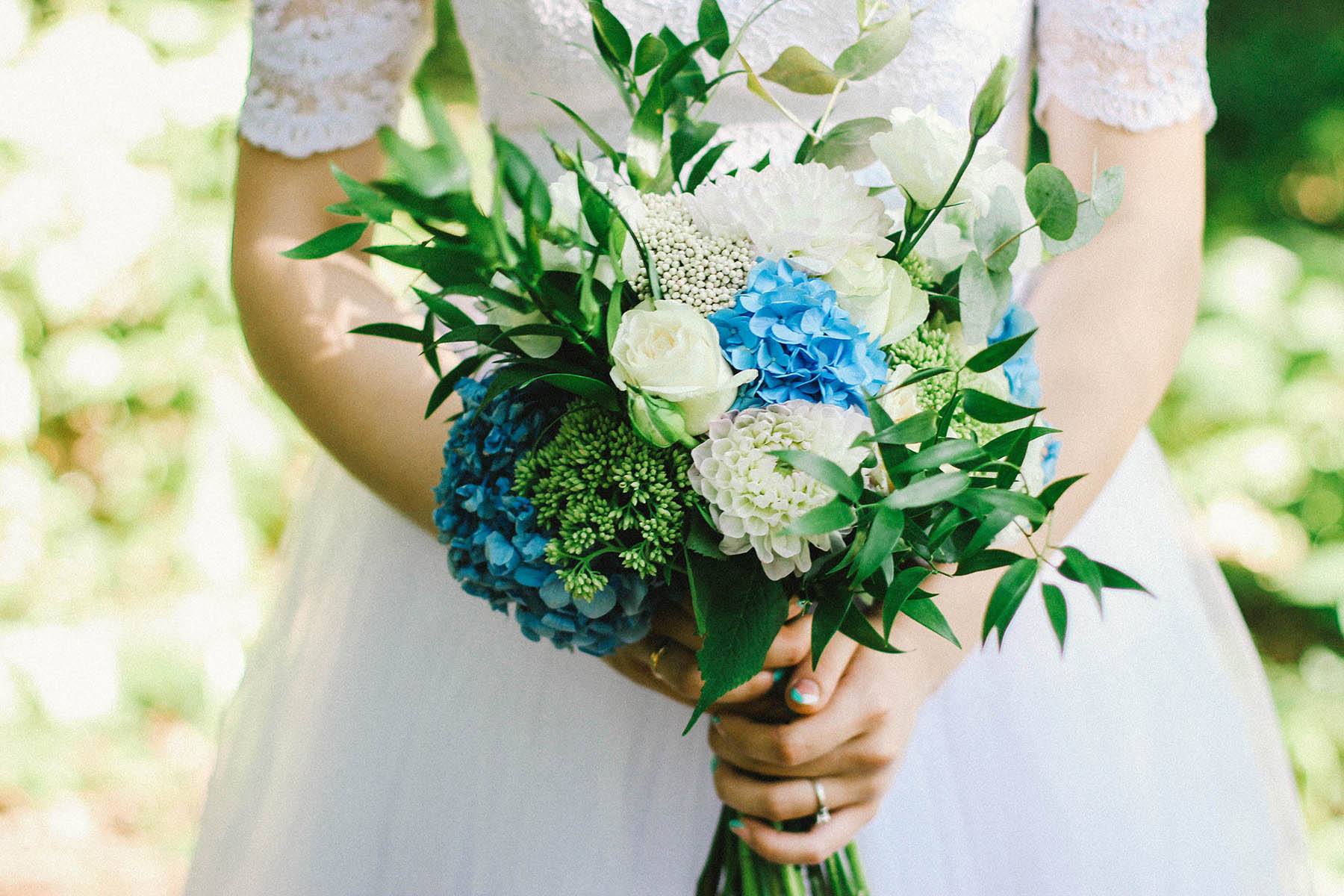
The Floral Bouquet Used to Be Spices and Herbs in Ancient Greece
Ancient Greece gave us the floral bouquet, except that instead of being made with flowers, the Greeks used special herbs and spices that were meant to chase away the evil spirits (who seem to have particularly sensitive noses).
These days, floral bouquets are bursting with colors and textures and are often a centerpiece of wedding films.
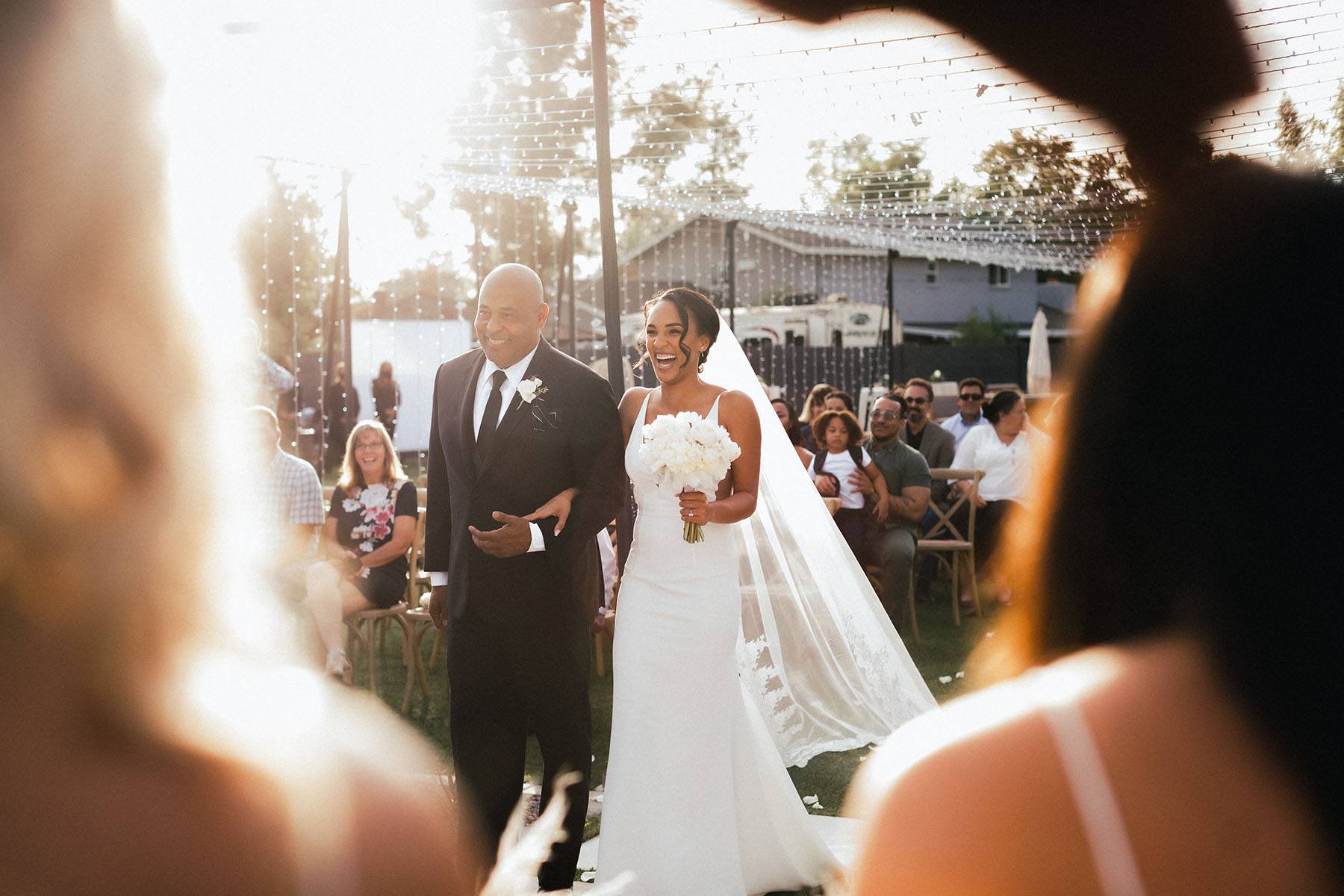
The Irish and English Introduced the Permission from the Bride’s Father
When the groom seeks the permission of the bride’s father to marry his daughter, he is adopting a tradition that came from the Irish and English. Although this moment is rarely part of a professional wedding film, you could film it on your own to create your own casual pre-wedding film.
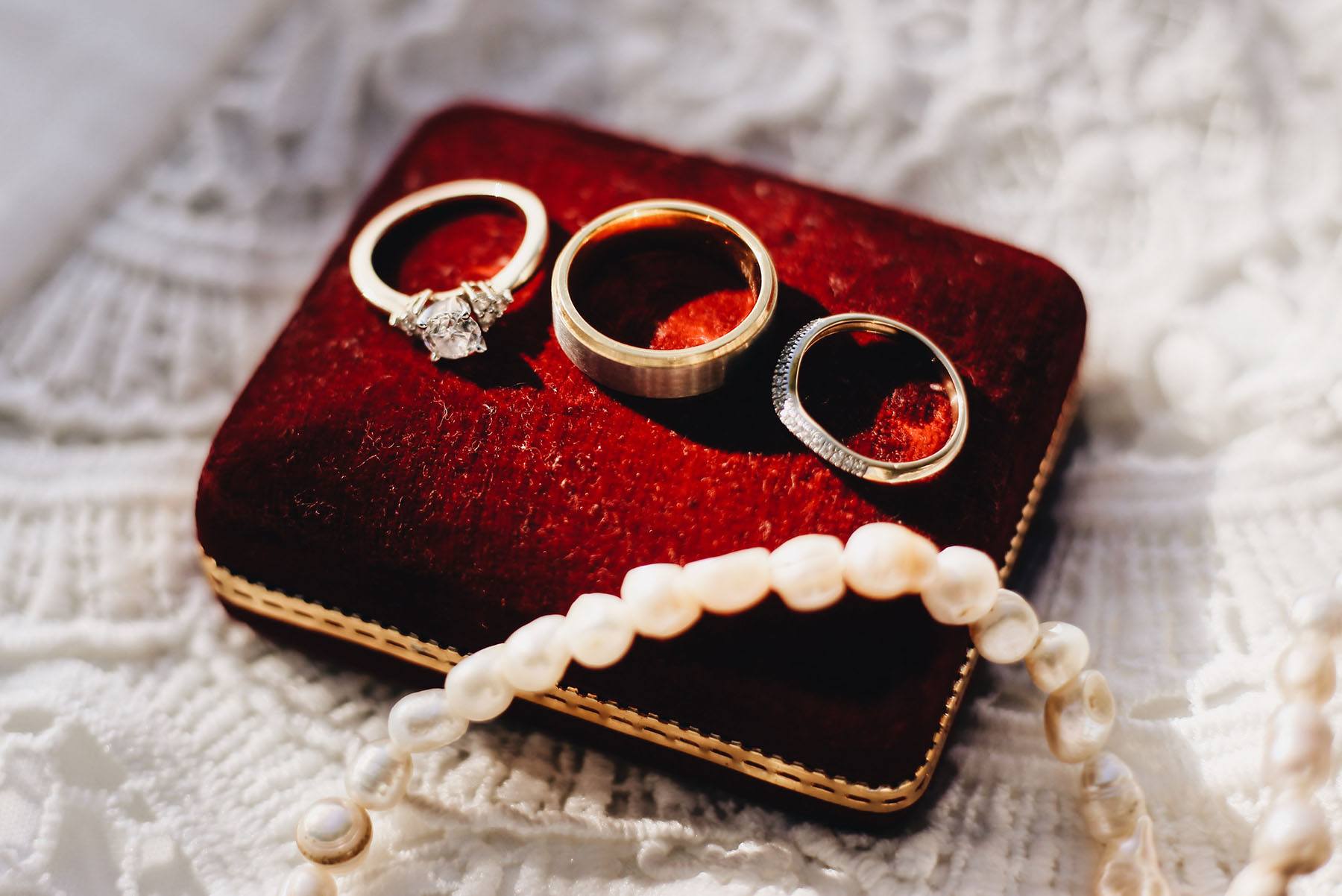
Ancient Egyptians Loved their Rings
The ring, with its endless circular shape, is a symbol of never-ending love. The wedding ring is present in many different wedding ceremonies around the world, going all the way back to the Ancient Egyptians. This tradition has made it across countries, nations, and cultural backgrounds, and is perhaps the most iconic part of the wedding as we know it today.
To us, as cinematic wedding videographers, the exchange of the rings is a highly emotional moment that testifies to the love and devotion of the bride and groom.
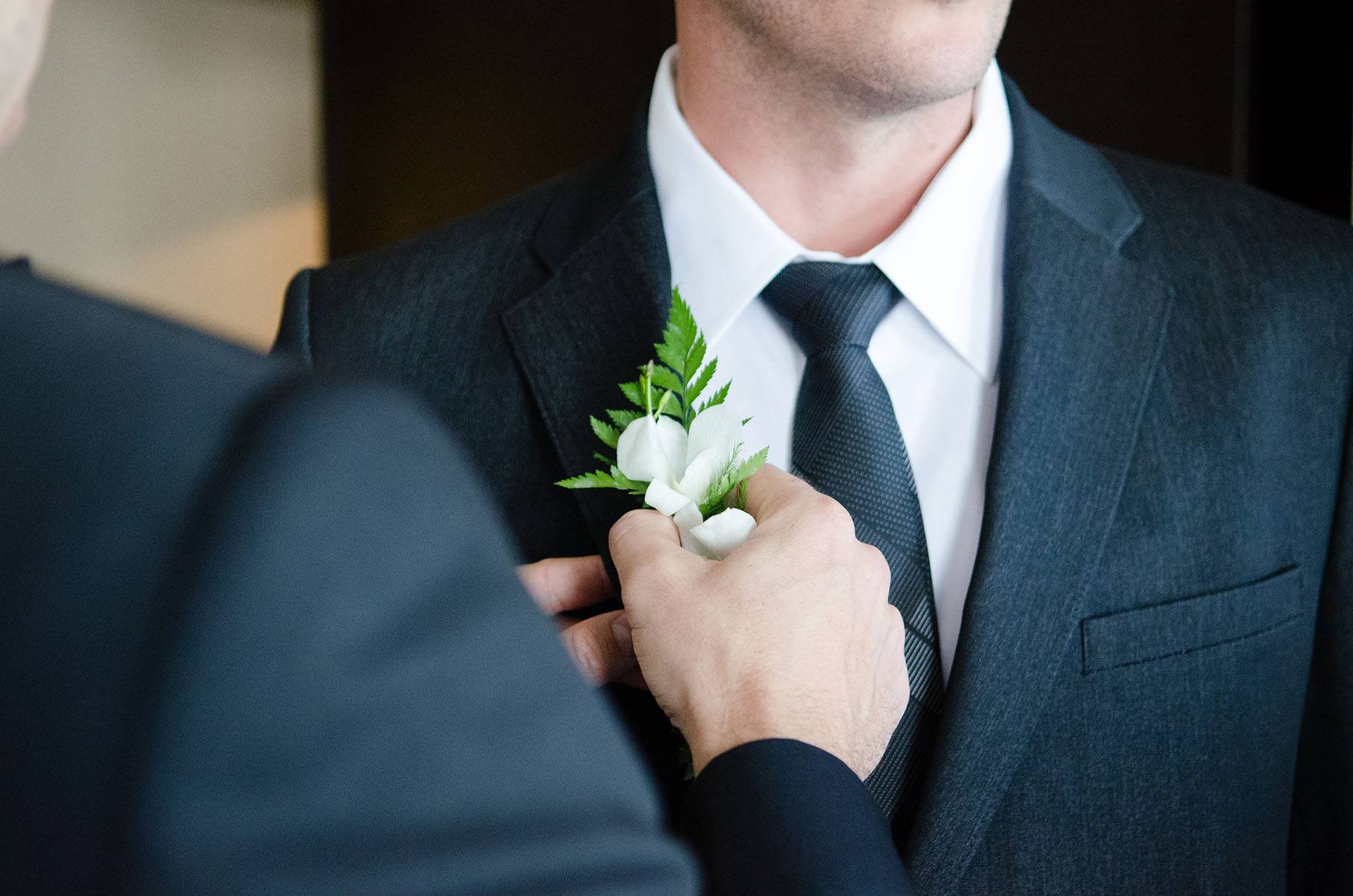
The Best Man’s Origins
In old times, people practiced “marriage by capture.” The groom and his close friends would take the bride from her family. While in antiquity this was usually a well-choreographed event, they’d need to be ready to fight off the bride’s relatives.
With sixteenth-century Goths, the best man was often the best swordsman, ready to help kidnap the bride. Afterward, he was tasked with protecting her until the wedding. Originally, he stood next to the bride at the wedding, at the ready with his weapon, to fight off anyone attempting to retrieve her from her groom, whether an aggrieved family member or another suitor.
Thankfully, today’s best men have a far more civilized duty, albeit every bit as scary: writing and delivering a best man’s speech. The pen has, indeed, proven stronger than the sword.

More Traditions Are Born
The most sentimental part of filming weddings is that they offer us insight into love and personal history. While most couples keep some of these ‘universal’ wedding traditions, they also add their own personal touches that mean something to their family, friends, and loved ones, giving their ceremony a uniqueness that we love to capture on film.
Several foreign traditions have been adopted by ethnic and cultural groups. In Texas, for example, house parties are the norm and include all the honorary bridesmaids who helped with wedding tasks. Filming them shows us the affection and love that surround the couple and gives meaning to our work.
Some Mexican weddings have mariachi bands. Chinese weddings have tea ceremonies. Italians dance the tarantella after the wedding. We love to film cultural traditions that seamlessly blend in with modern wedding traditions.
Something old, something new, indeed!
No matter what your favorite tradition is, check availability online or call 832-956-0753 to get a Hollywood-like wedding video you will want to watch every day!




